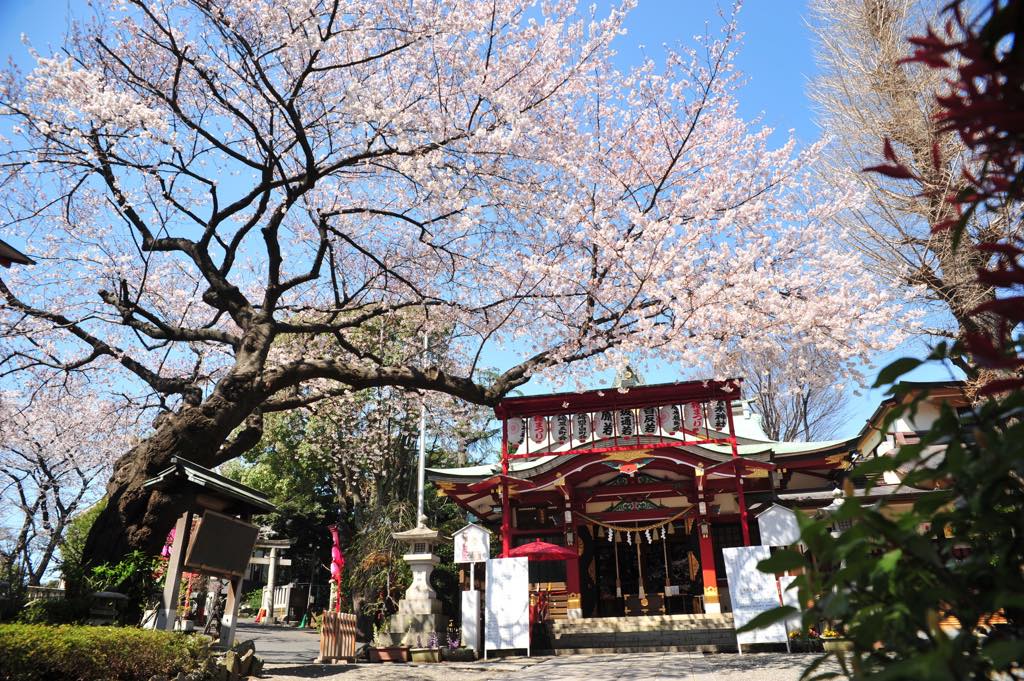Shinto Weddings – Wedding Ceremony at Shrine
Good news! The “Shinto”, the Japanese religious rite, is open to everyone of all faiths and beliefs. Shinto rite ceremony is a symbolic ceremony that lasts about 30 minutes. Because it is a symbolic ceremony there is no legal validity.
The ceremony is usually as follows:
- Shuubatsu no gi: The Shinto Priest will pray to purify the shrine and call for the blessings of benevolent spirits, or Kami (Kami are the spirits or phenomena that are worshipped in the religion of Shinto).
- Saishu Ippai: Saluto Kami
- Norito Soujou: Pray for eternal happiness and announce that the couple has come to become wife and husband
- Sankon no gi: Exchange of Sake: three oaths taken three times denoted by three cups, poured three times, and sipped in three times.
- Seishi Soujou: Exchange of vows
- Tamagushi Houten: The priest offers a Japanese evergreen branch to the altar to reflect gratitude to the spirits who have blessed the union. The bride and groom follow with their own offering, and then a surrogate from each family (often the fathers of the bride and groom) do the same.
- Yubiwa no koukan: Exchange of rings
- Katame no Sakazuki: Exchange of sake between 2 families
- Saishu Ippai: pray for Kami (only a bow)
- End of the ceremony
Experience Japanese Tradition!

Beliefs of Ancient Times
As it is mentioned in “Kojiki” and “Nihon-shoki”, the ancient Japanese believed that the Japanese islands were born of the union of two Gods, Izanagi and Izanami, and their daughter Goddess Amaterasu was supposed to be the first of the Imperial family. These stories are among the legends describing the birth of Japan. After this time the Japanese believed that the Imperial family was descended from the Gods.
Shinto is the natural indigenous religion of Japan. It has no one leader nor any scriptures. Gods (=KAMI) are worshipped at Shrine (=Jinja). All natural objects and phenomena were considered to have divinity in early Japan and gradually this was extended to the worship of ancestors. It would be impossible to count the number of “kami (=Gods). In ancient times the rituals at each season, for example those of planting and harvesting rice were naturally combined with the native folk faith, from which the rites of Shinto evolved.
Offerings
There is a custom that before the Ceremony the bride and groom will bring food a/o Alcohol Offerings to the Shrine, you may bring your local products but we will advise you!